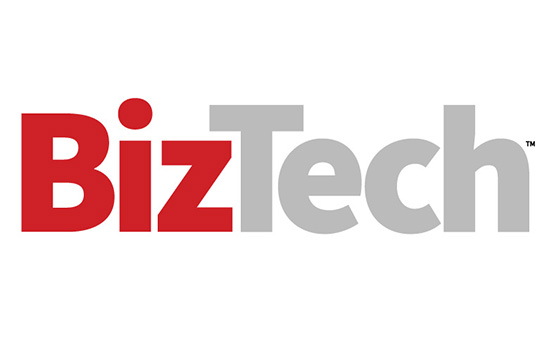IT leaders “report an annual return on observability solutions that’s 2.67x their spend,” according to a Splunk report. But to make sure their efforts really work as intended, organizations must first implement data integration, real-time monitoring and predictive analytics.
Here are three ways small businesses can improve observability in their technology solutions.
READ: Learn how to achieve full-stack observability in your business.
1. Implement Advanced Observability Tools
Not all observability tools are equal, and it’s better to be selective than to end up with an overabundance of them. For instance, OpenTelemetry enhances observability through standardized instrumentation. Through this framework, small businesses can observe their infrastructure, applications and user experience in real time. When bottlenecks and system anomalies arise, they can also pinpoint issues and execute appropriate solutions quickly.
2.67x
The annual return on spending that IT leaders report on observability solutions
Source: “State of Observability 2024: Charting the Course to Success,” October 2024
2. Embrace Cloud Management Platforms for Unified Views
There’s also a significant difference between having multiple clouds and having a true multicloud environment, notes Nicholas Holian, worldwide field CTO at Nutanix. With a multicloud architecture, users benefit from an integrated environment across private and public clouds that can be managed in one unified environment.
Adopting multicloud management platforms can consolidate resources, cost tracking and usage analytics. IT teams also gain added transparency through the dashboard feature.
VMware, Microsoft and Amazon Web Services all offer these cloud management platforms and managed services to optimize visibility. Organizations can also opt for a supercloud architecture that’s complementary to multicloud, which offers greater data access and governance policies across diverse cloud environments.
How an organization views its consolidated data is up to them, Beckendorf says. Some businesses may opt for a unified dashboard, while others may prefer the visual of a heat map or interactive chart with customizable interfaces. The bigger priority is helping businesses gather all of the data initially.
“Collecting all of that data into a common location is really critical,” Beckendorf says. Regardless of how they choose to have insights visualized, businesses shouldn’t leave their cloud platforms — and the data within them — in silos.
Completing this step is crucial, and it will make it much easier for organizations to receive comprehensive details when an issue arises.
3. Adopt AIOps for Proactive Insights
Davandra Panchal, observability enterprise architect and principal consultant at CDW, says that poor observability forces teams to search for “a needle in a haystack” whenever an issue arises. “That will take a long time and will have a huge impact on an application’s service time,” he says.
He recommends AI for IT operations so that businesses can avoid this headache and pinpoint issues faster.
AIOps has several benefits. It can aggregate vast amounts of data such as metrics, logs and traces into a single dashboard. It can improve predictive analytics, which forecast potential outages or performance degradation. And it can help organizations shift from a reactive to a proactive posture, thanks to automated anomaly detection. This reduces false positives and mean time to resolution and identifies irregular patterns in data streams.
IBM’s Instana Observability tool, for instance, provides upstream and downstream visibility of application and infrastructure environments for over 300 platforms. It updates full-stack data every second so organizations can identify, trace and resolve issues before they can impact users. It also offers full transparency, including a graphing model and dynamic maps to show the root cause of incidents across IT solutions.
With a wide range of AIOps solutions on the market, a tech partner can help organizations find one that’s rightsized for their needs. And for skeptics who are still not convinced, remember the risk of costly downtime, missed insights and a longer time to incident resolution.
“If businesses don’t do any of this, this is really going to impact their service greatly. I would say it really is an inhibitor for them to grow,” Panchal says.
Click the banner below to read the CDW Cloud Computing Research Report.














